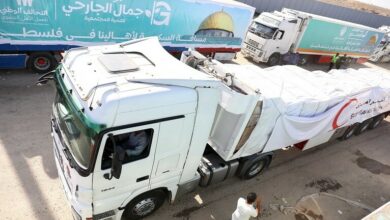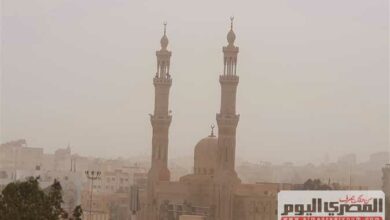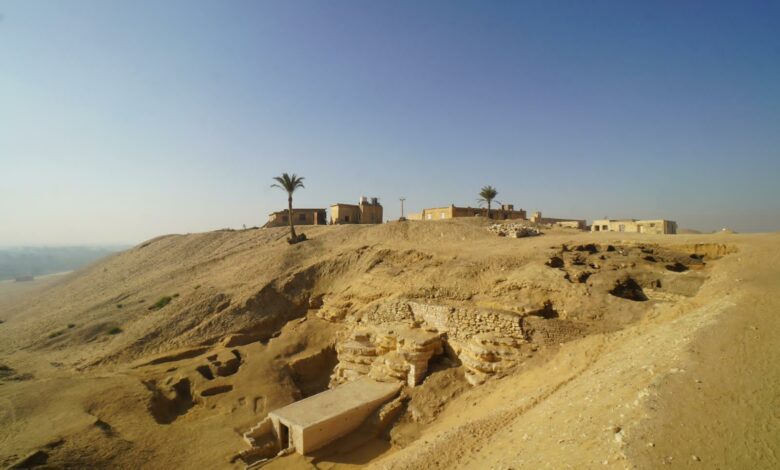
The joint Egyptian-Japanese archaeological mission between the Supreme Council of Antiquities and Waseda University have uncovered a rock tomb with several graves and archaeological finds from different historical eras, during its current excavation season inside and above the catacombs at the Saqqara necropolis region.
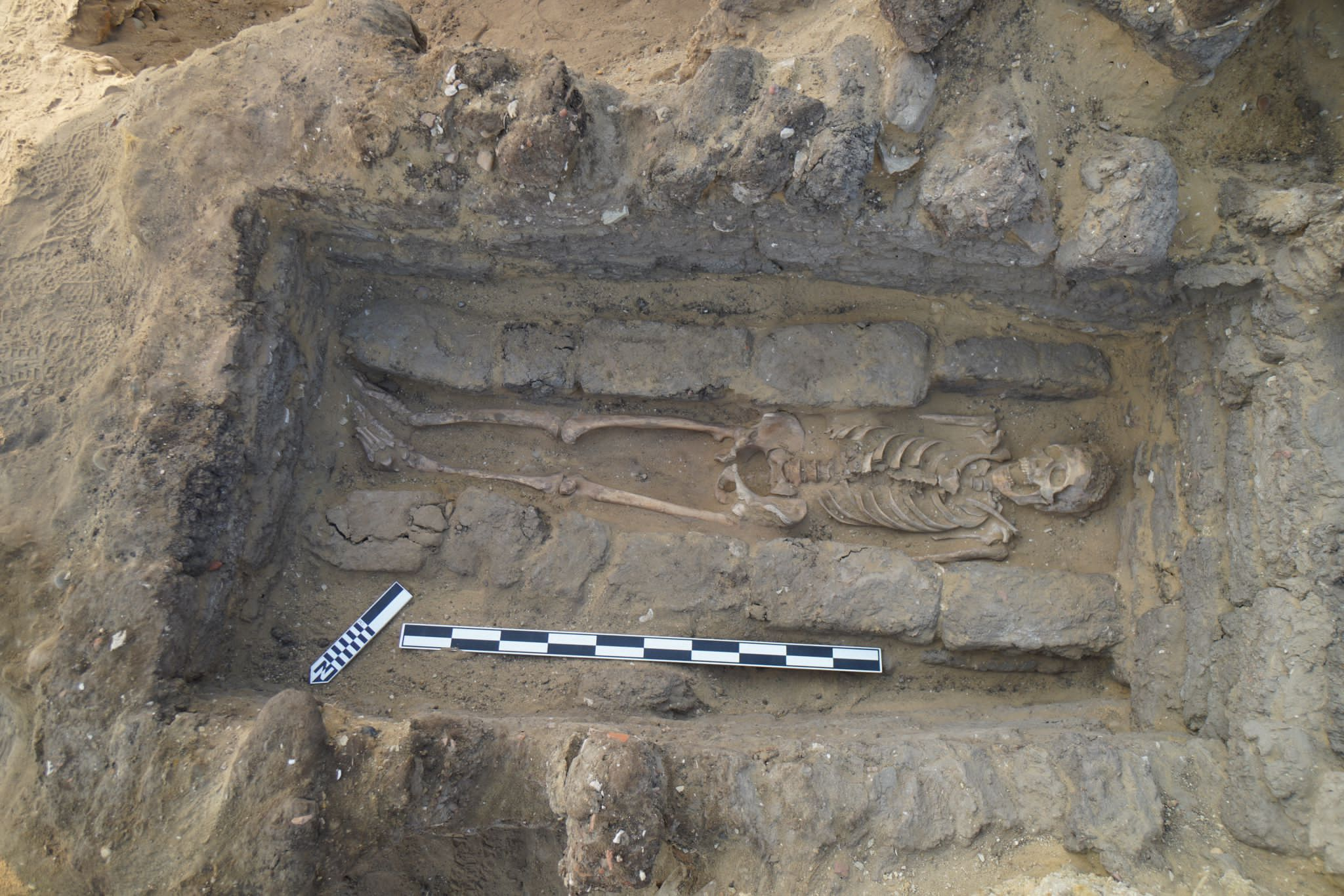
The Secretary General of the Supreme Council of Antiquities Mostafa Waziri explained that studies of the newly uncovered tomb and the pottery found within date it back to the the Second Dynasty era.
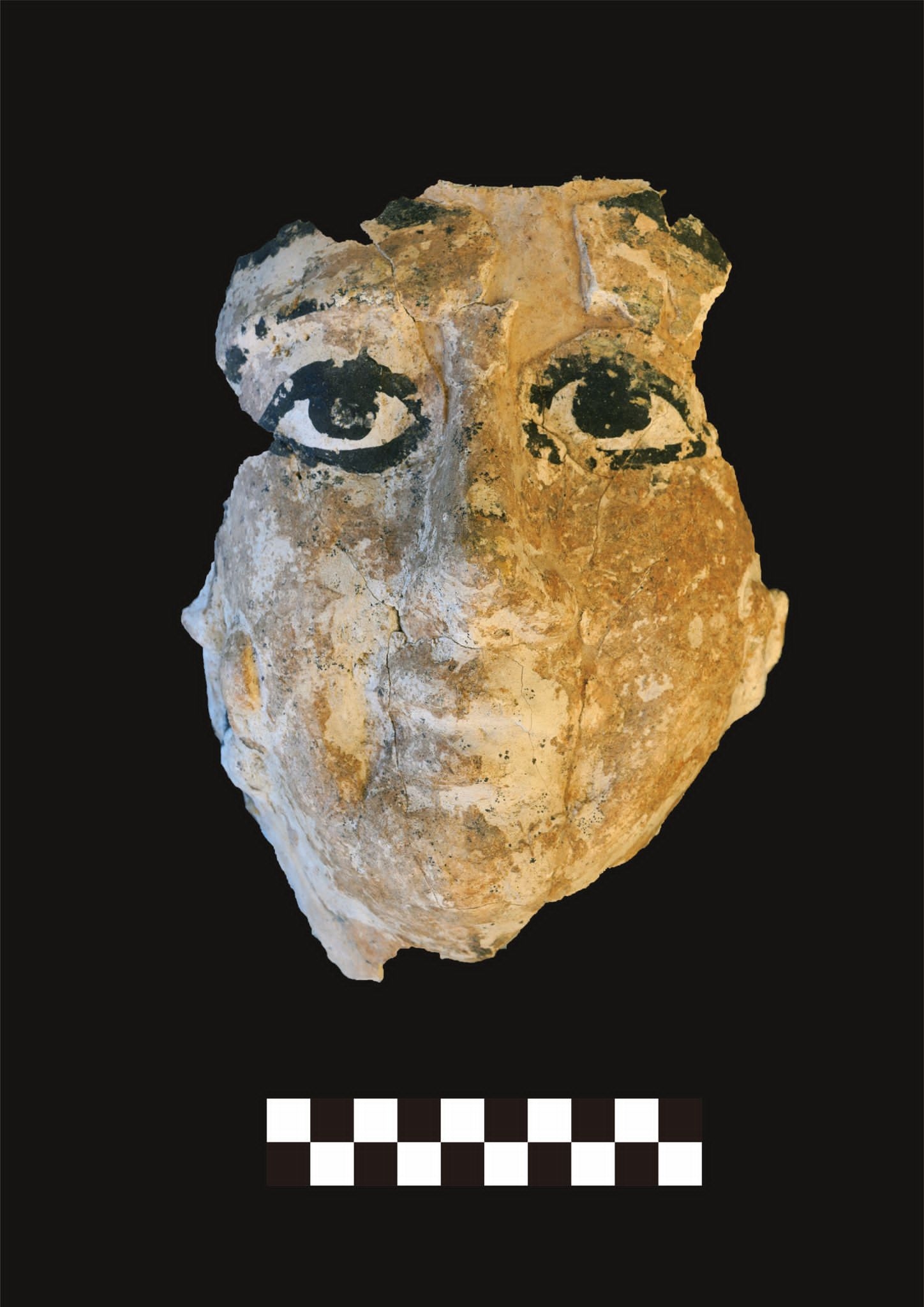
The Director General of Saqqara Antiquities and head of the mission from the Egyptian side, Mohamed Youssef, explained that several of the graves discovered included the remains of a man with a colored mask, the remains of a small child, and several burials from the Late Period and the Ptolemaic era containing a poorly-preserved coffin from the the 18th Dynasty.
The head of the Japanese side of the mission, Nozomu Kawai, noted that amongst the many artifacts uncovered include two terracotta statues of the goddess Isis, white fragments depicting the god Harpocrates riding a bird, a green and white mask, and parts of two faience amulets for the goddess Isis and Bes.
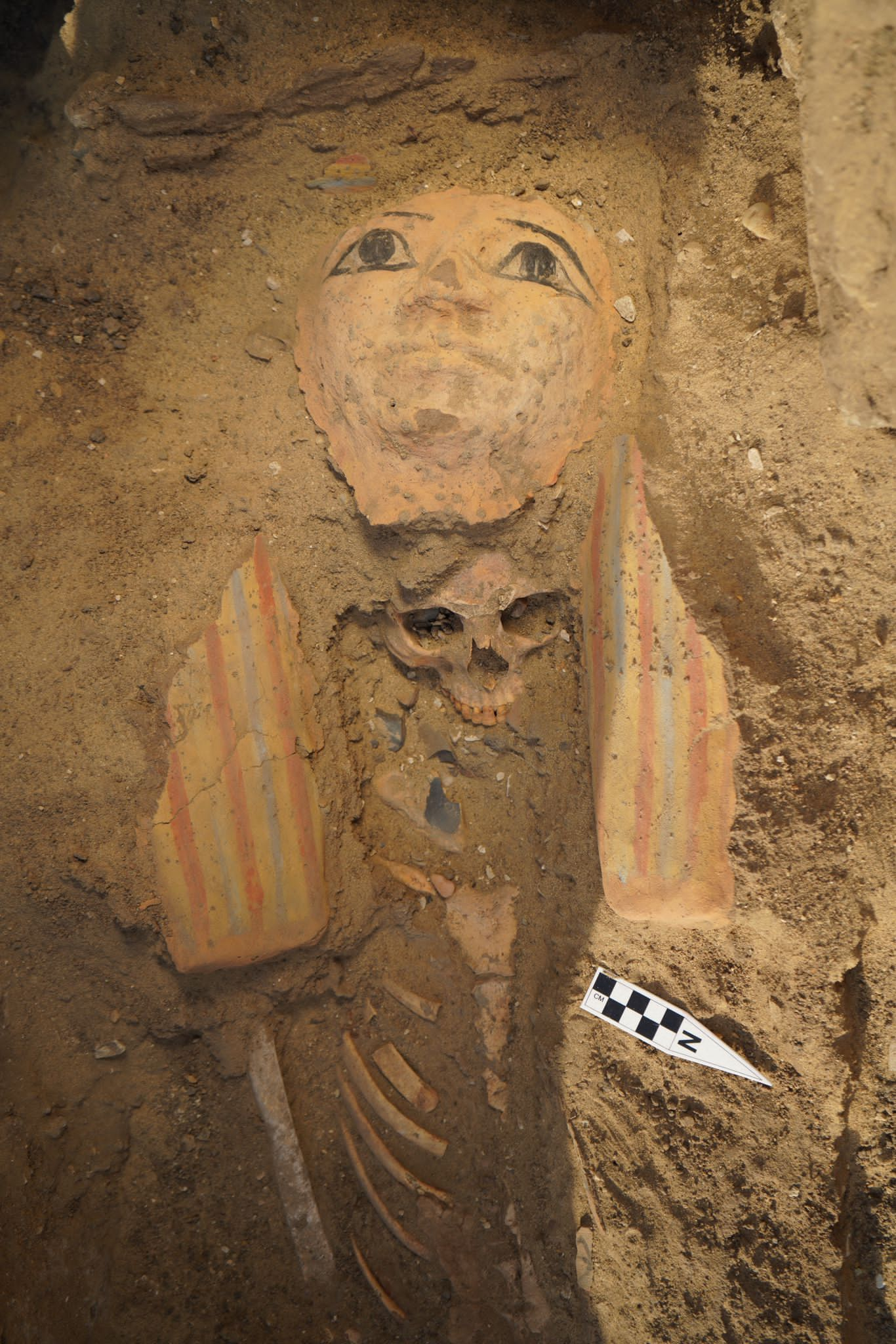
The mission also uncovered a portion of a limestone ushabti bearing the remains of hieroglyphic inscriptions, an amulet of fayans from Ain Ujat, a pottery lamp, and pottery ostraka with hieratic inscriptions, in addition to pottery tools and pottery shards.
Kawai added that the mission carried out archaeological documentation of all discoveries.
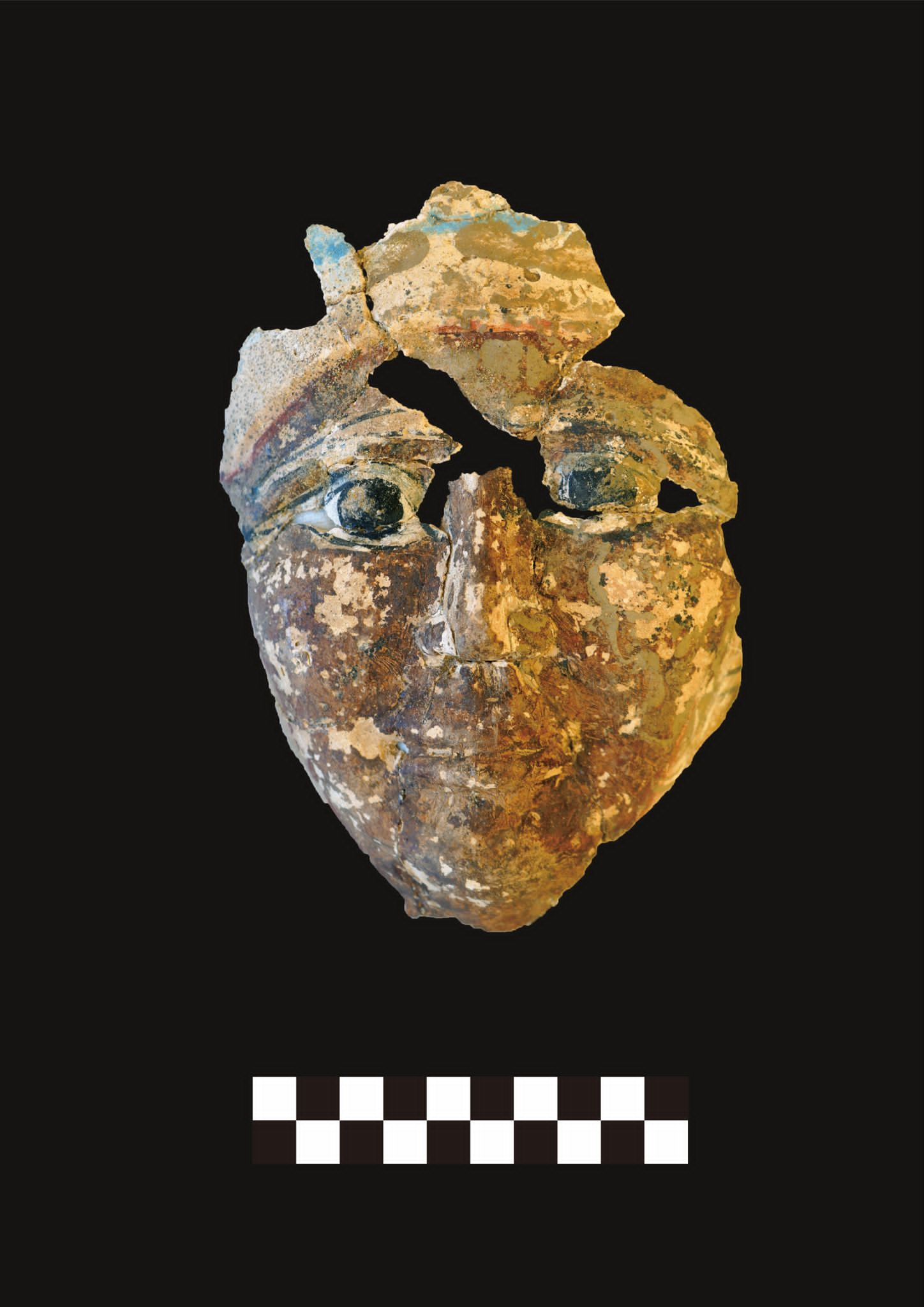
He expressed his hope that the mission will make more discoveries during its upcoming excavation seasons, revealing more of the Saqqara archaeological region’s secrets.


